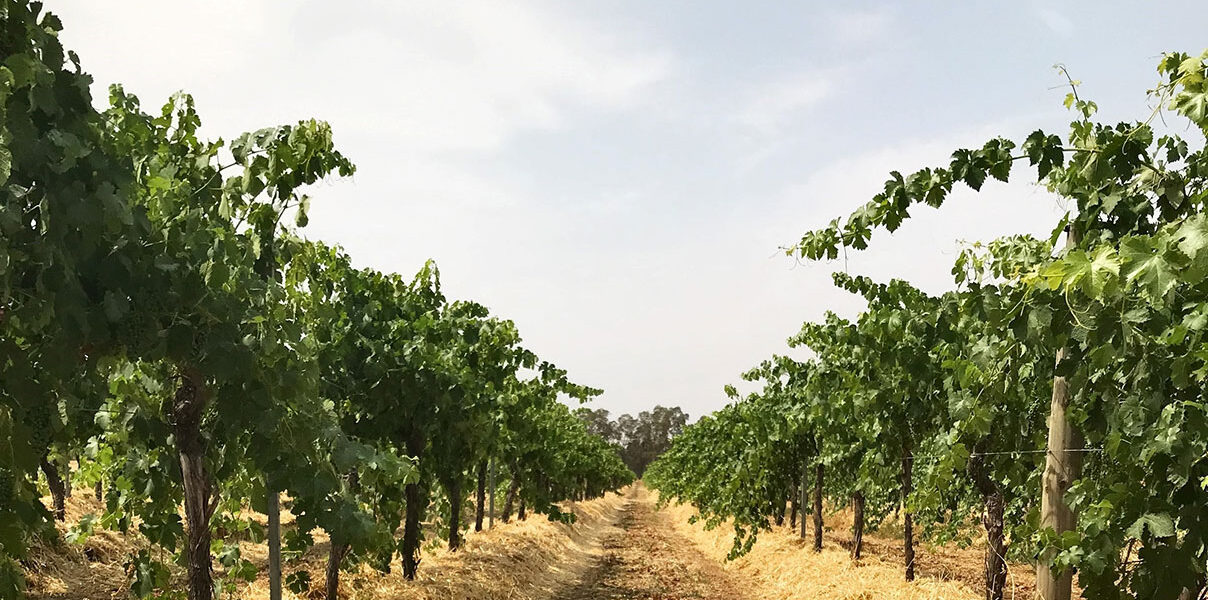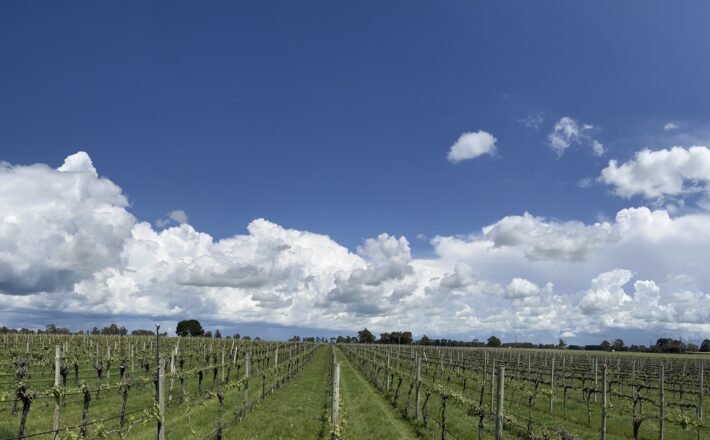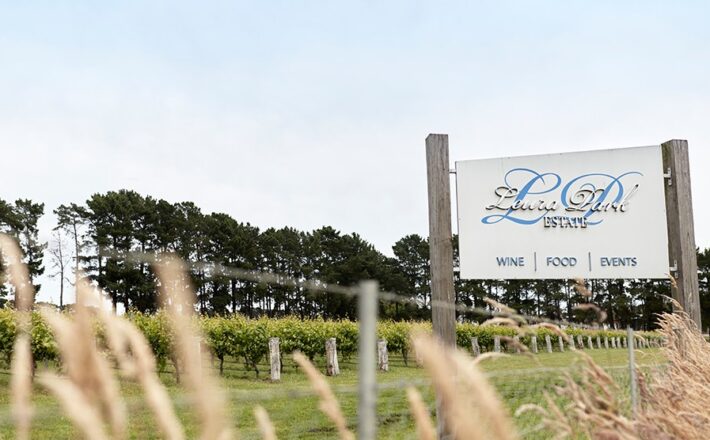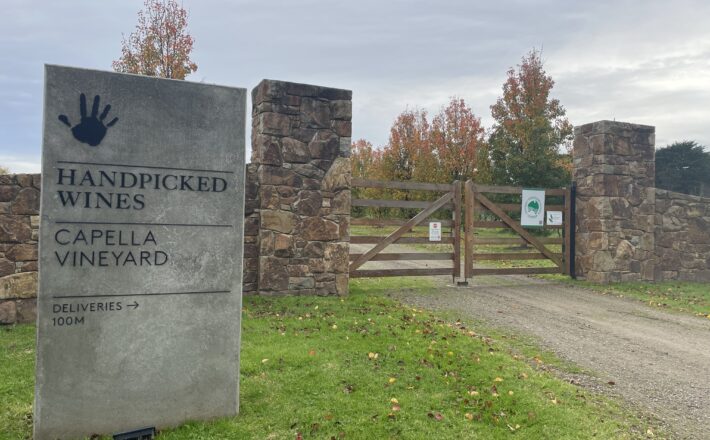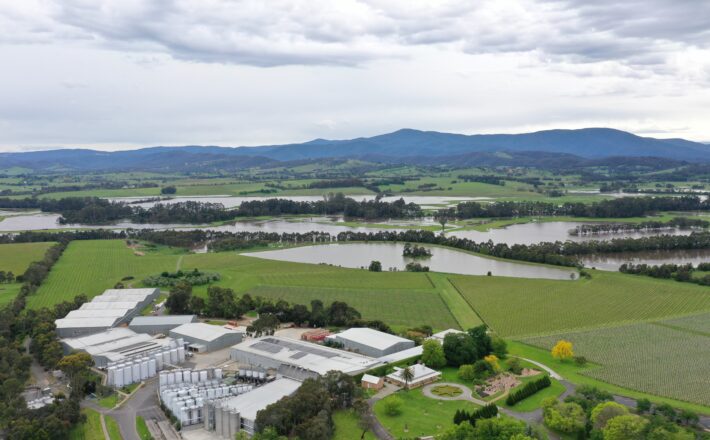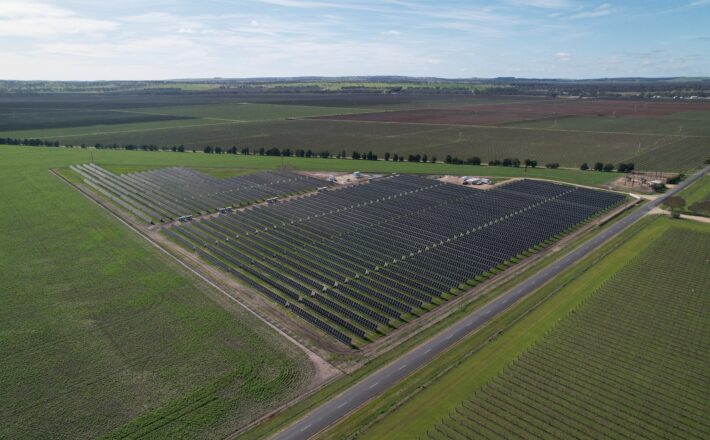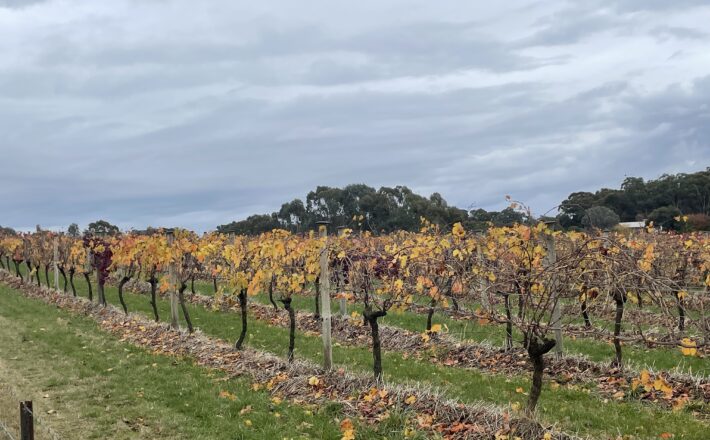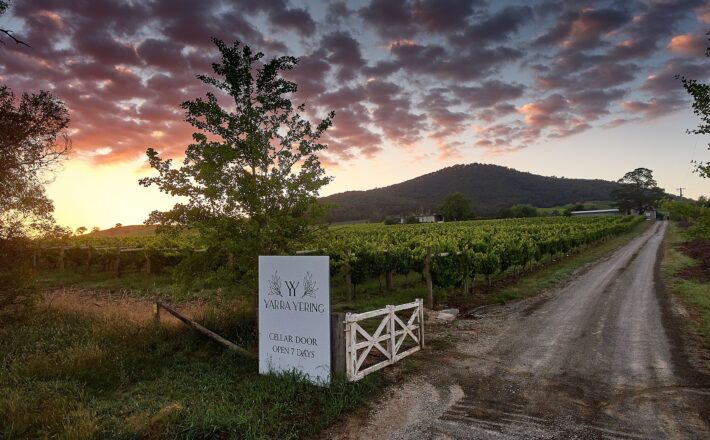Lake Moodemere Estate in Rutherglen, Victoria was established in 1851, with the vineyard practices used today underpinned by seven generations of knowledge and expertise.
This case study explores some of the approaches used at Lake Moodemere Estate to manage water resources.
Water management at Lake Moodemere Estate
Effective water management at Lake Moodemere Estate is crucial given the dry, warm climate of Rutherglen. The mean January temperature for the region is 23.4°C, with an annual mean rainfall of 551 mm. Irrigation water is sourced from the Murray River, which also feeds into the natural billabong that gives Lake Moodemere its name. The billabong is surrounded by a red gum forest, hosting a diverse range of wildlife.
The vineyard manager uses Sustainable Winegrowing Australia benchmarking reports as a tool to evaluate performance across comparable regions. The benchmarking results show that the vineyard water use at Lake Moodemere Estate was in the lower 33% of vineyards in Australia.
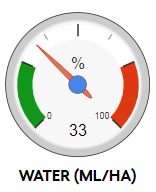
Fuel use by the business was in the lowest 15% of members across Australia.
Lake Moodemere Estate’s water management plan is reviewed and updated at least every three years by a qualified viticulturist or irrigation specialist and adjusted throughout the season by the vineyard manager. Recent inspection of the irrigation system highlighted that water delivery through the 30-year-old dripper lines was highly variable, and the decision was made to replace the system with a new pressure compensated system. The relatively low water use at Lake Moodemere is attributable to the application of straw under vines, which assists retention of water in the soil.
On a 45°C day, soil temperature probes have confirmed a reduction of soil temperature of 18°C under the straw mulch compared to bare soil undervine. Anecdotally, the soils under the straw mulch appear to have more earthworm activity compared to before the straw mulch was used and a range of soil-borne insects have also been observed.
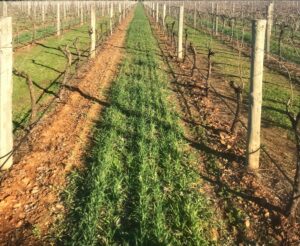
Lake Moodemere Estate’s straw mulch program is now in its third year, which has enabled a reduction in use of herbicides and it is expected that herbicide use will decline further in the future. The straw is obtained from Lake Moodemere Estate’s cropping enterprise and will be replaced in year four.
Observation of the winter midrow cover crops also showed improved growing conditions, compared to previous years without the layers of straw under vine. The Sustainable Winegrowing Australia benchmarking reports continue to be a useful tool for identifying areas for improvement across the vineyard.
Winter cover crops and cell grazing at Lake Moodemere Estate
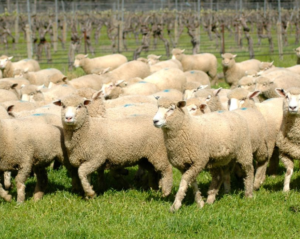
Lake Moodemere Estate is a mixed farming enterprise, including prime lambs, which are grazed throughout the vineyard. Winter cover crops of triticale, wheat, barley, and oats are used in the vineyard’s mid-rows, which allow for cell grazing of Lake Moodemere Estate’s prime lambs.
The grazing lambs provide additional revenue and a chemical-free solution to weed management, while improving overall soil health and providing soil nitrogen input.
Lake Moodemere Estate has approximately 100 grazing sheep per hectare. The sheep require regular monitoring to determine the optimal time for cell movement. The sheep are contained within each cell for approximately three days to ensure adequate weed management and minimal soil compaction. The prime lambs are then used in Lake Moodemere Estate’s Lakeside restaurant, encompassing a sustainable ‘paddock to plate’ concept.
The upfront expenditure for the cell grazing system included a solar powered generator, which cost approximately $5,000. Benchmarking reports for Lake Moodemere Estate show that fuel use by this business was in the lowest 15% of members across Australia. Overall the sheep grazing contributes to a reduction in greenhouse gas emissions due to removal of the need for mechanical slashing and spraying.


ACKNOWLEDGEMENT
Lake Moodemere Estate became a certified member of Sustainable Winegrowing Australia in 2020.
This case study was developed by the Australian Wine Research Institute with support from the Winemakers of Rutherglen, the Wine Australia Regional program and Joel Chambers, Vineyard and Farm Manager, Lake Moodemere Estate.

